Looking to avoid 5 of the most common mistakes many gardeners make when trying to start tomato seeds indoors?
It can be hard to beat the incredible feeling that starting and growing your own tomato plants from seed brings. Watching a tiny little seed develop into a healthy tomato plant loaded with ripening fruit is nothing short of magical. But unfortunately, for some, the process of growing tomato plants from seeds can be quite frustrating!
Whether it be having their seeds fail to germinate, ending up with transplants that are weak and leggy – or even having your tomato seedlings completely die off, gardeners often encounter a few hiccups when trying to grow their own tomato plants from seed.
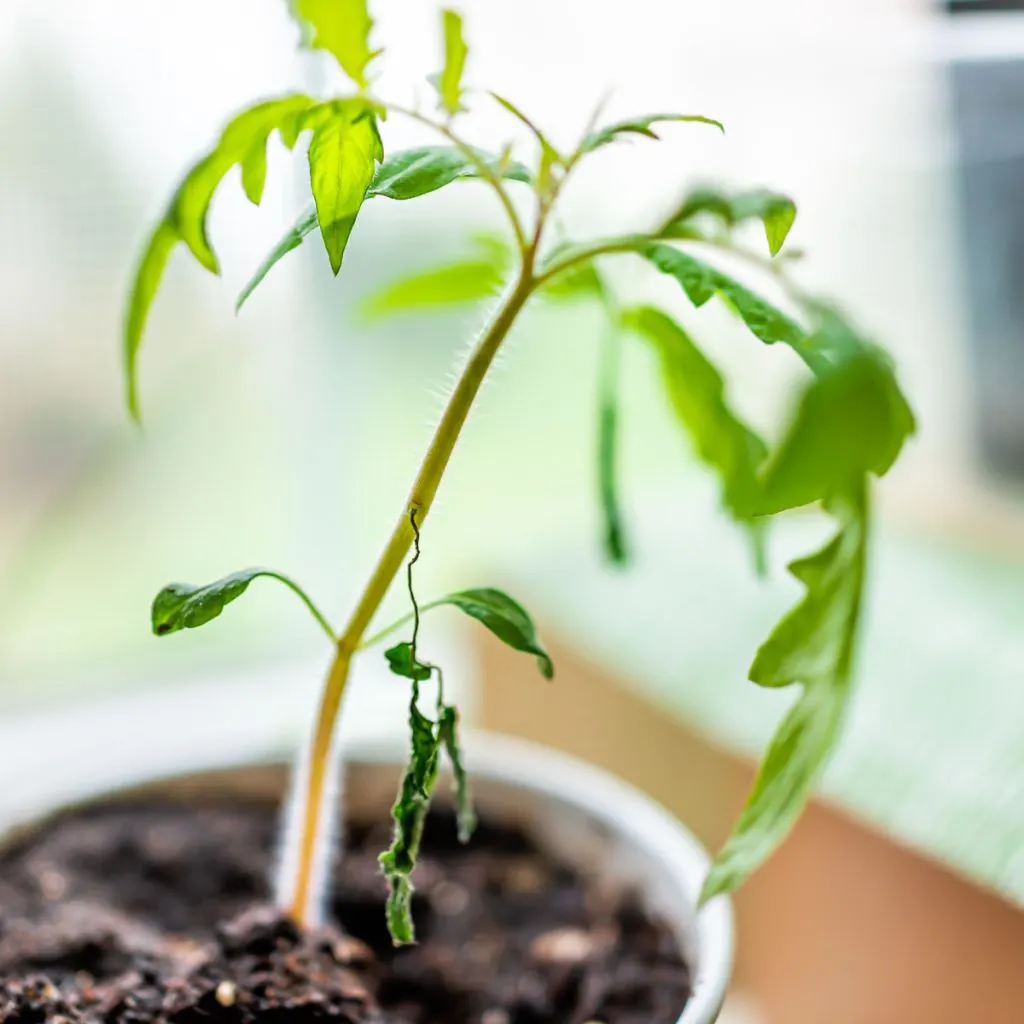
But the good news? It doesn’t have to be that way! As it turns out, starting your own tomatoes from seed and having them grow into healthy, mature, high-producing plants really comes down to avoiding just a handful of all-too common but easily avoidable mistakes. And that is exactly what today’s article can help you do this year!
5 Common Tomato Seed Starting Mistakes To Avoid
Let’s face it, in order to get tomato plants to grow strong and produce a big harvest, they need to get off to a great start. And that all starts right on the day you plant those tiny tomato seeds indoors. With seed starting success in mind – here are 5 common mistakes to avoid that can keep your tomato plants from reaching their full potential!
#1: Starting Seeds Too Early Or Too Late
One of the most common mistakes with starting tomato seeds indoors is either starting them too early or too late. And both can cause big issues when it comes to your tomato planting success.
If you start your tomato seeds too early, the plants will quickly become large and overgrow your seed starting area. And if the temperatures are still too low to take plants outside, you might end up with a big situation on your hands – literally!
On the other hand, if you start tomato plants too late, they might not have enough time to grow and produce strong roots before you need to transplant them outside. In addition, plants that start late often take far longer to set fruit – cutting overall harvest totals greatly.
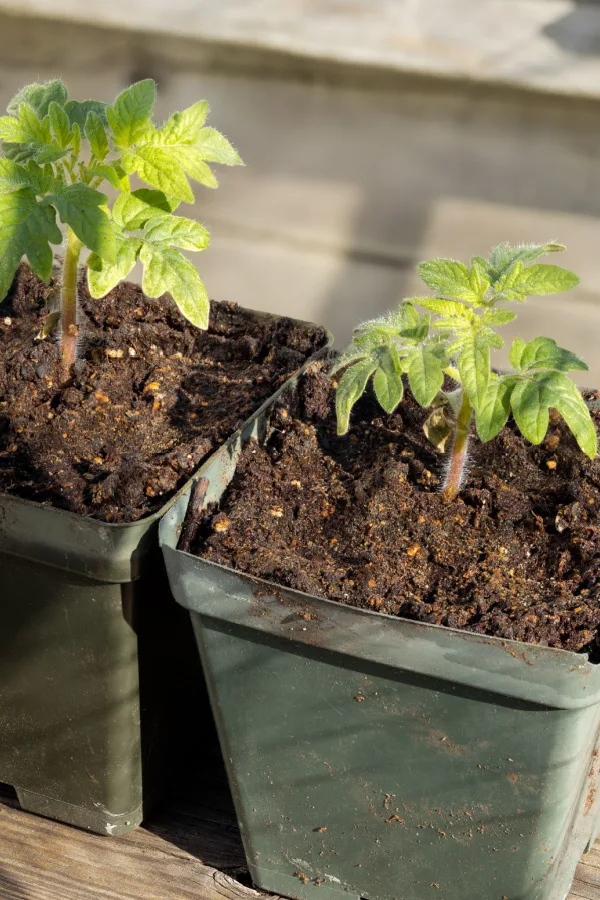
So how early should you start seeds? Even though some tomato seed packets say 6 weeks is enough time, it’s best to start seeds 8 to 10 weeks before your last frost date. This “sweet spot” gives plants time to germinate and produce strong root structures before you need to plant them outside.
At the same time, more is not always better. Avoid trying to start seeds any earlier than 10 weeks. It will simply give you plants that are too large. And trying to deal with overly large transplants indoors can be a nightmare. (See, The Best Way To Start Tomato Seeds Indoors
#2: Using Incorrect Soil – 5 Mistakes Gardeners Make When Starting Tomato Seeds
In order to get your tomato seedlings off to the best start possible, they need the right type of growing medium. Unfortunately, basic garden soil or topsoil will not provide seeds with both the nutrients and the power they need.
Instead, you need to use a lightweight soil specifically made for starting vegetable seeds. One that is loose, drains well – and is packed full of nutrients.
A lightweight formula will allow seeds to easily germinate and produce roots. At the same time, the nutrients will provide young seedlings with the energy they need to grow strong and fast during their first few weeks of growth.
You can also make your own mixture at home by using a high quality potting soil and adding in compost, perlite, and worm castings. This will create a power-packed seed starting soil ideal for germinating and growing tomatoes.
If purchasing a commercial seed starting mix, look for a mix that is lightweight and contains added nutrients for powering early seed growth. Affiliate Link: Espoma Organic Seed Starter Premium Potting Soil Mix
#3: Using Window Light – 5 Mistakes Gardeners Make When Starting Tomato Seeds
One of the worst things you can do for growing tomato seedlings is to use a sunny window as the source of light. This is usually the most common mistake of all that new gardeners make when it comes to starting their tomato seeds indoors.
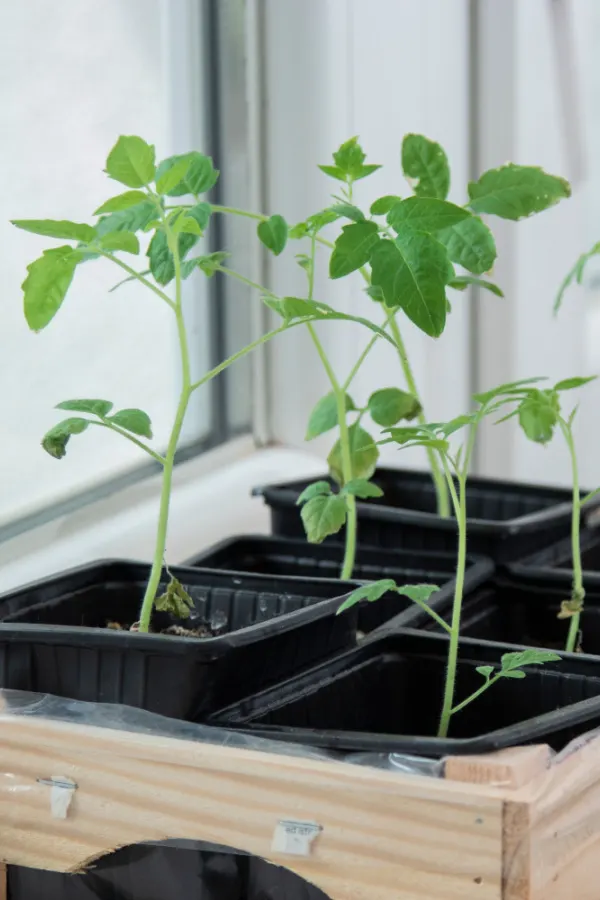
Young tomato seedlings will indeed grow quickly towards the light from the sun through a window. However, the plants end up growing so fast that they can’t develop strong stems and branches. This results in seedlings with long, thin stems that bend toward the sun.
The reasoning for this is two-fold. First, the light that is filtered through the window from the sun is simply too weak by the time it reaches the seedlings. In addition, during the late winter months, there is not enough sunlight each day for growing seedlings.
Give Your Tomato Plants The Right Light
Young tomato seedlings need direct light for at least ten to twelve hours each day. The best way of doing this is by using artificial light indoors. But you don’t need to go to the expense of purchasing grow lights. Basic LED or fluorescent shop lights work perfectly well for growing healthy and strong seedlings. Affiliate Link: 4 Pack 4FT LED Shop Lights
For best results, place lights one to two inches above the top of the seedlings. This short distance will allow the plants to fill in growth before needing to grow upward. As the seedlings grow, move the lights up an inch or two at a time, always keeping a 1 to 2 inch distance.
#4: Improper Watering Of Seedlings – 5 Mistakes Gardeners Make When Starting Tomato Seeds
Watering is one of the most difficult parts of the seed starting process to get the hang of. Especially for new gardeners trying to start seeds for the first time. Both overwatering and underwatering can result in issues for germinating seeds and the growth of young seedlings.
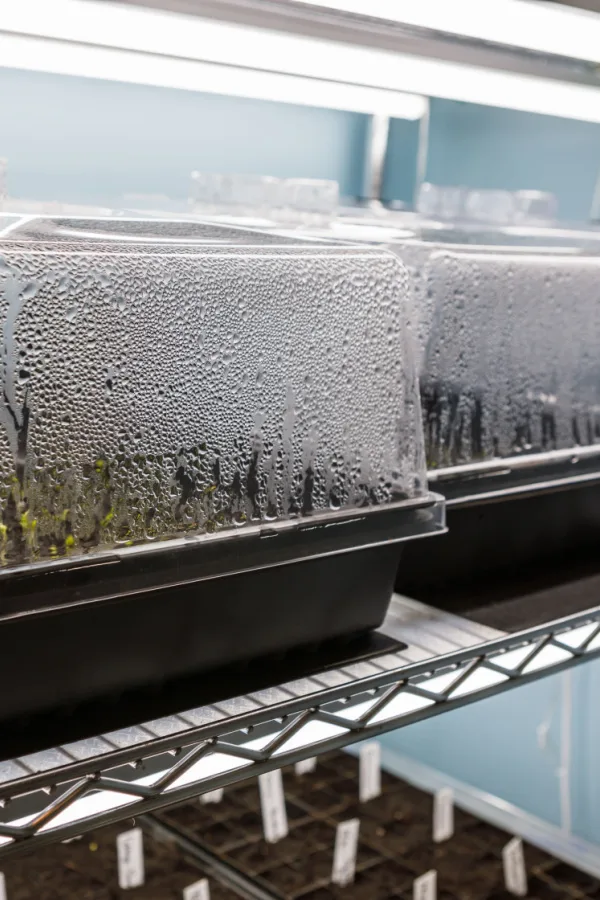
Before planting seeds, make sure your soil in your trays is moist. You don’t want the soil to be dripping wet, but more like a well wrung-out sponge. Once you plant your seeds, add a piece of plastic wrap or a clear lid over the top. This will help to maintain the moisture levels without having to continually water.
After germination, the goal is to keep the soil moist but not saturated. Overly saturated, cool soil can cause dampening off – which can spell a quick end for young seedlings.
On the flip side, you also don’t want the soil to dry out completely. The goal is to have consistently moist soil. In the beginning, you might not need to water daily. However, as tomato seedlings grow, they will likely require daily watering.
#5: Hardening Off Transplants – 5 Mistakes Gardeners Make When Starting Tomato Seeds
Last but not least, don’t make the mistake of not taking time to properly harden off your transplants before planting day. Hardening off is the process of preparing plants for living outside in the elements. And without being prepared for the outdoors – tomato plants will suffer!
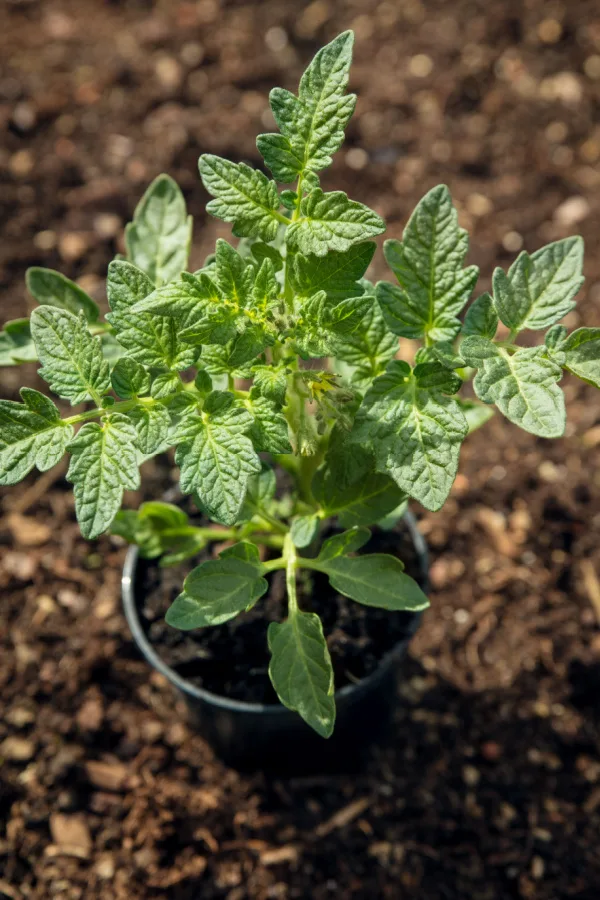
When tomato plants are growing indoors, they have very consistent growing conditions. Taking these plants and immediately planting them outside in the elements can often spell instant trouble for them. They simply cannot handle the elements all at once.
Instead, about 2 to 3 weeks before you will be planting outside, set the seedlings outside for a few hours each day in a protected area. Gradually increase this time until you can leave plants outside overnight. Be sure to bring plants indoors if the weather becomes adverse.
Before long, your tomato plants will be ready for planting day – and even more, ready to get off to a great start for a productive and healthy growing season! If you plan to grow your tomatoes indoors, be sure to see: How To Grow Tomatoes In A Greenhouse – The Simple Secrets To Success!
Looking for some more pointers on starting tomatoes? Check out our article: The 3 Simple Things You Need To Start Tomato Seeds Indoors – And Grow Amazing Plants!
I Grow Tomatoes
Follow Our Facebook Page For Even More Great Tomato Growing Tips! I Grow Tomatoes Facebook Page
I Grow Tomatoes is a website created for those who love all things about tomatoes – from planting and growing – to cooking and canning! We publish two articles every week, 52 weeks a year. Sign up today to follow via email! This article may contain affiliate links.
